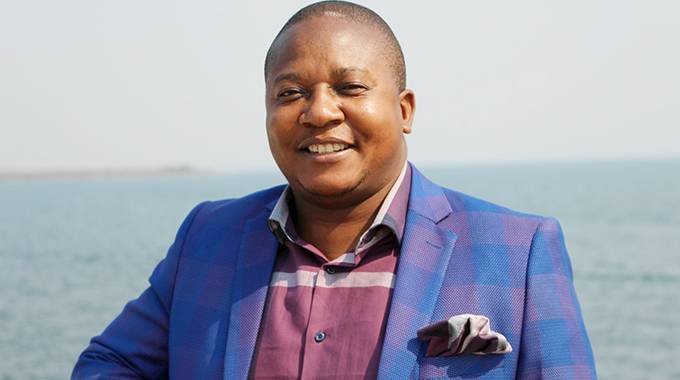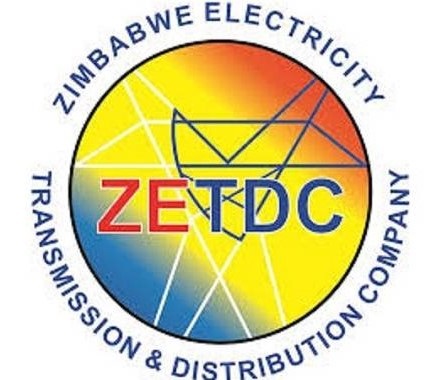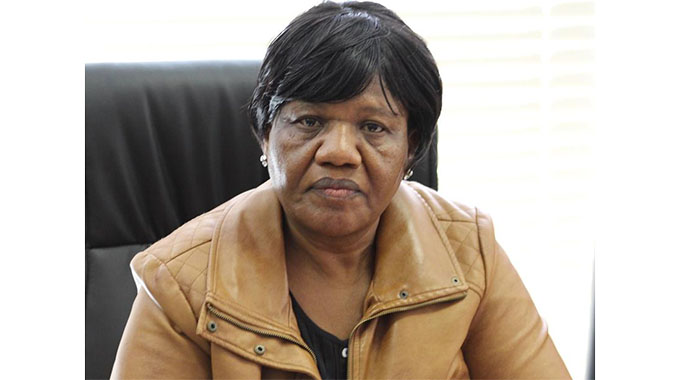Five firms make progress on methane gas exploration

Business Reporter
THE Government is happy with the progress made by the five investors awarded licenses to explore coal-bed methane gas in Matabeleland North Province with one of the firms at advanced stage development, a Government official has said.
In 2020, the Government issued special grants to five investors, Alabara Resources, Zambezi Gas and Sakunda Energy (all local companies), as well as Tumagole of South Africa and Shangani Energy Exploration (SEE), which is owned by Chinese steel giant Sinosteel, to explore and tap into clean the energy for electricity generation in Lupane, Gwayi and Hwange.
Alabara, which recently completed phase 1 of the project, which entailed confirmatory drilling, is now in phase 2 of the project, which is about mine development.
In 2021, Australian firm Jacqueline Resources was also awarded a special grant to explore and develop coal-bed methane (CBM) fields in the same province.
Mines and Mining Development Deputy Minister Dr Polite Kambamura said because exploration was capital-intensive and time-consuming, it would seem nothing tangible is being done by the five investors with CBM special grants in Matabeleland North.
“Conversely, there is some work going on there by the five investors and as Government, we are quite satisfied with the progress that those companies have made with regards to exploration activity.
“One of the entities, Alabara Resources, is now into the second phase of exploration.
“Exploration is capital intensive and time-consuming, it’s not something that can be done within a year and completed so we have investors who are doing exploration and we are satisfied with their progress as exploration results are coming through to the Government,” he said.
Alabara’s confirmatory drilling went up to a depth of 700 metres and the company has established a gas laboratory at Lupane State University.
Dr Kambamura would not be drawn to comment further about the companies’ exploration activities in Matabeleland North Province.
“Some of those companies (investors are listed) and thus we cannot publicise the works that they are doing but they are companies which the Government signed some joint ventures with on exploring for coal-bed methane gas,” he said.
Recently, Zambezi Gas, which has the CBM special grant in Hwange District was reported to have drilled three wells, with one of them considered highly promising.
Tumagole has been reported to have carried out an aero-magnetic survey and identified drilling positions for exploration.
The company intends to invest as much as R55 billion into the extraction of methane gas in Zimbabwe, while SEE has earmarked US$780 million to build a 600MW power station and petrochemical-related industries.
SEE has so far carried out electro-drilling, with three holes having been completed.
Zimbabwe is believed to host huge deposits of untapped CBM, especially in Matabeleland North province.
Meanwhile, the Second Republic has identified mining as one of the major economic centerpieces of the country to drive Zimbabwe towards an upper-middle-income economy status by 2030.
It is against this background that the Government in 2019 launched the US$12 billion mining roadmap to be achieved by the end of this year.
It is hoped that Zimbabwe’s attainment of macro-economic growth targets would be achieved among others by ensuring efficient power supply from energy projects such as CBM investments in Matabeleland North.
Under the US$12 billion milestone, gold which is Zimbabwe’s major foreign currency earner is anticipated to contribute US$4 billion, platinum (US$3 billion), diamonds (US$1 billion) while chrome, ferro-chrome and carbon steel will generate US$1 billion, and coal (US$1 billion).
Lithium is expected to contribute US$500 million while other minerals will generate US$1,5 billion.
Prior to the launch of the strategic roadmap, the mining sector’s contribution stood at US$2,7 billion in 2018 and the figure has since registered phenomenal growth accounting for US$5,3 billion in 2021.
To ensure that the country derives maximum benefits out of its mineral resources, the Government has also invoked the “use-it or lose-it” policy where under-utilised mining titles held for speculative tendencies are being repossessed and reallocated to potential productive investors.
Said Dr Kambamura: “We want investors who use the mining assets which we give them, failure to do exploration we will revoke the licences.
“The use- it or lose-it policy, it’s an ongoing process and it’s not a process that we cannot do once and close it off.
“Usually when we write to title holders of our intention to cancel, we give those people time to respond and show us their plans with regards to those assets.”
He said there have been cases whereby some mining title holders after receiving the Government’s notice to repossess idle claims, owners of the mining claims have come forward requesting for a period of three months to start working on their assets.
“The bottom line is not just to take assets from people but we want people to use those mining assets extracting the minerals which they have applied for.
“But failure to satisfy the Government of any concrete plans, then that title gets repossessed by the State for re-allocation to prospective productive investors,” said Dr Kambamura.











Comments